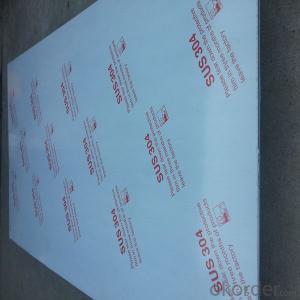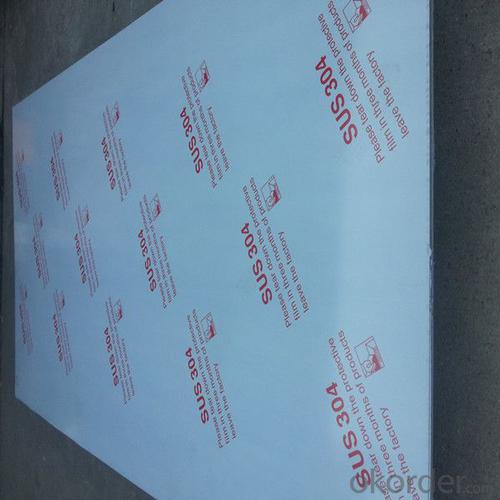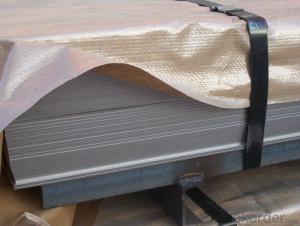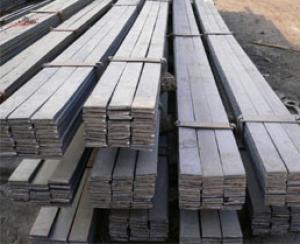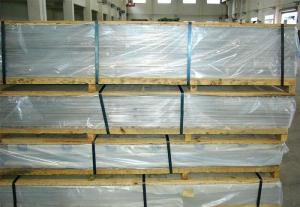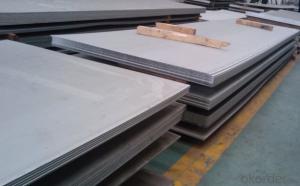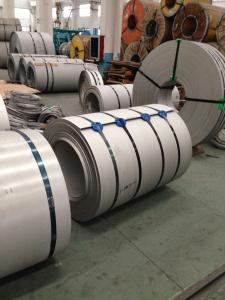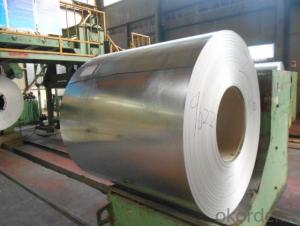316 Inox Sheet HL Surfce with Best Price
- Loading Port:
- Shanghai
- Payment Terms:
- TT OR LC
- Min Order Qty:
- 5 m.t
- Supply Capability:
- 30000 m.t/month
OKorder Service Pledge
OKorder Financial Service
You Might Also Like
Specification
Best product of 316 inox sheet HL surfce
1.Product Description
1. Specifications about 316 inox sheet
Commodity430 304 304L 316L 201 316 4x8 sheet metal prices stainless steel
Grade201,202,304,304L,316,316L,310S,309S,321,301,310,410,420,430,904L
BrandTISCO ,BAOSTEEL,POSCO,JISCO,LISCO
CertificationSGS,BV,IQI,TUV,ISO,etc
Thickness0.2mm-150mm
Width1000,1219,1250,1500mm, or as your requirements
Length2000,2438,2500,3000,6000mm, or as your requirements
SurfaceNo.1, 2B, BA, 8K Mirror, Hairline,satin, Embossed,brush,No.4,HL,matt,pvc film,laser film.
StandardASTM,AISI,SUS,JIS,EN,DIN,GB, ASME,etc
Delivery time5-7 days after confirming the order
MOQ1 Ton
AdvantagesShowing the splendor of your quality, wearresistant as well , strong corrosion resistance and decorative effect, durable and beautiful in good taste.
2.Products photos
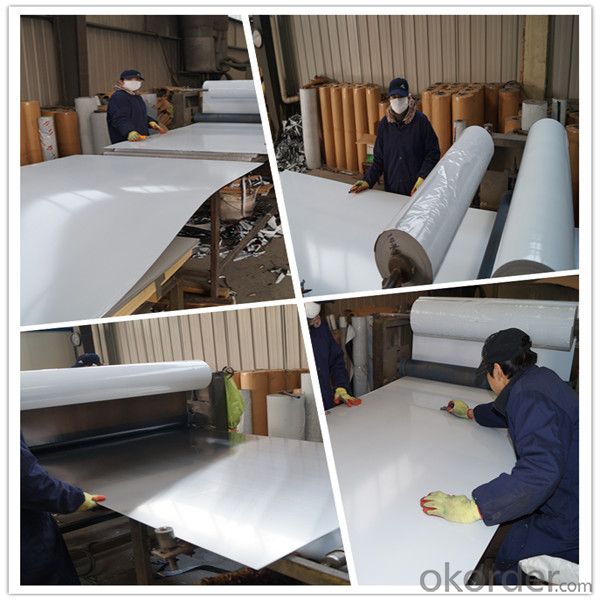
3.FAQ
Q1. How many countries you already exported ?
Exported to more than 50 countries mainly from America, Russia, UK, Kuwait, Egypt, Iran, Turkey, Jordan, etc.
Q2.How can I get some samples?
Small samples in store and can provide the samples for free. Catalog is available, most patterns we have ready samples in stock. Customized samples will take about 5-7days.
Q3:What is the MOQ?
A3:Stainless steel sheet 100 tons, pattern sheets 50pcs.
Q4:How To Protect The Sheets?
Two white and black PE layers to cover the surface, each layer is 70 micro (Total 140 micro), laser PVC is also workable.( Novacel or poli-film brand )
Q5.Which brand is your product?
Most of our products are TISCO, LISCO, Bao steel,JISCO,ZPSS.ect.
- Q: Are stainless steel sheets suitable for cleanroom applications?
- Yes, stainless steel sheets are highly suitable for cleanroom applications. They possess excellent corrosion resistance, durability, and a smooth surface that is easy to clean and maintain. Additionally, stainless steel sheets can withstand high temperatures and are resistant to chemicals, making them an ideal choice for cleanroom environments requiring high levels of cleanliness and hygiene.
- Q: How do you remove stains or marks from stainless steel sheets?
- To effectively eliminate stains or marks from stainless steel sheets, follow these step-by-step instructions: 1. Begin by identifying the specific type of stain or mark present on the stainless steel sheet. Common examples include water spots, fingerprints, grease, or rust. 2. For general cleaning purposes, utilize a soft cloth or sponge soaked in warm water and mild dish soap. Gently wipe the stainless steel surface, ensuring to follow the grain to prevent scratching. Thoroughly rinse with clean water and dry using a soft cloth. 3. To tackle more stubborn stains or marks, create a paste by combining baking soda and water. Apply the paste to the affected area and gently rub it in using a soft cloth or sponge. Rinse off the paste with warm water and dry using a soft cloth. 4. For persistent grease stains, concoct a mixture of vinegar and water. Apply the vinegar solution to the stain and allow it to sit for a few minutes. Tenderly scrub the area with a soft cloth or sponge, following the grain of the stainless steel. Rinse thoroughly with clean water and dry. 5. In the case of rust stains, employ a mixture of lemon juice and cream of tartar. Apply the mixture to the stain and let it sit for a few minutes. Gently scrub the area with a soft cloth or sponge, following the grain. Rinse thoroughly with clean water and dry. 6. If stubborn stains persist despite the previous methods, resort to a stainless steel cleaner specifically designed for stain and mark removal. Adhere to the instructions provided with the cleaner and ensure thorough rinsing and drying of the surface afterward. Always remember to test any cleaning solution or method on a small, inconspicuous area of the stainless steel sheet before applying it to the entire surface. Additionally, refrain from using abrasive cleaners or scrubbing pads as they can cause scratches on the stainless steel.
- Q: Are stainless steel sheets suitable for electrical enclosures?
- Yes, stainless steel sheets are suitable for electrical enclosures. Stainless steel is known for its excellent strength, corrosion resistance, and durability, making it an ideal material for protecting electrical components. It provides a high level of protection against environmental factors such as moisture, dust, and extreme temperatures. Additionally, stainless steel has good electrical conductivity, which is crucial for proper grounding and shielding. It also offers good electromagnetic compatibility (EMC), reducing the risk of electromagnetic interference (EMI) in sensitive electrical equipment. Moreover, stainless steel is easy to clean and maintain, ensuring a long-lasting and reliable enclosure for electrical applications.
- Q: Can stainless steel sheets be used in industrial applications?
- Stainless steel sheets possess a myriad of industrial uses without a doubt. Their reputation for outstanding corrosion resistance, durability, and strength renders them perfect for a plethora of industrial settings. The automotive, aerospace, construction, manufacturing, food and beverage, chemical processing, and numerous other sectors regularly employ this material. The utilization of stainless steel sheets primarily stems from their capability to withstand extreme conditions, harsh chemicals, and high temperatures. Their malleability allows for the creation of diverse shapes and sizes, rendering them adaptable for a wide array of applications. Commonly, stainless steel sheets find their purpose in manufacturing equipment, machinery, storage tanks, pipelines, architectural structures, and as a protective layer for corrosion-resistant surfaces. Additionally, stainless steel sheets offer sanitary qualities, which make them particularly suitable for the food and beverage industry. Their effortless cleaning, maintenance, and sterilization ensure compliance with rigorous industry standards. To summarize, stainless steel sheets are versatile and dependable materials that can be effectively utilized in various industrial applications due to their extraordinary corrosion resistance, durability, strength, and sanitary properties.
- Q: What are stainless steel sheets?
- Stainless steel sheets, which are composed of stainless steel, a type of alloy containing chromium, nickel, and other elements, are metal pieces that have a flat shape. These sheets possess exceptional resistance to corrosion, durability, and aesthetic appeal, which makes them highly versatile and extensively utilized in various industries. To achieve the desired thickness and finish, they undergo a manufacturing process known as hot rolling or cold rolling, where the steel is passed through a series of rollers. Stainless steel sheets find common applications in the construction, automotive manufacturing, kitchenware, appliances, and architecture sectors. They are available in different grades, surface finishes, and sizes to meet various requirements. Regardless of whether they are used for decorative purposes or functional applications, stainless steel sheets provide a dependable and enduring solution.
- Q: Can stainless steel sheets be used for decorative ceiling tiles?
- Yes, stainless steel sheets can be used for decorative ceiling tiles. Stainless steel is a versatile material that is known for its durability, corrosion resistance, and aesthetic appeal. It can be easily customized and fabricated into various patterns, textures, and finishes, making it an excellent choice for decorative purposes. Stainless steel ceiling tiles can add a modern and sleek look to any space, whether it is a residential, commercial, or industrial setting. Additionally, stainless steel is easy to clean and maintain, making it a practical choice for areas where cleanliness is crucial.
- Q: Are stainless steel sheets resistant to alkalis?
- Yes, stainless steel sheets are generally resistant to alkalis due to their inherent corrosion-resistant properties.
- Q: What is the impact strength of stainless steel sheets?
- The impact strength of stainless steel sheets can vary depending on several factors, such as the grade and thickness of the stainless steel, as well as the specific conditions under which the impact occurs. Generally, stainless steel has a good level of impact strength due to its inherent properties, including its high tensile strength and ductility. Stainless steel is known for its ability to withstand impacts and resist deformation, making it a preferred material in various industries where durability is crucial. It exhibits excellent resistance to impact loading, which means it can withstand sudden impact forces without fracturing or breaking. This makes stainless steel sheets suitable for applications that require high impact resistance, such as structural components, automotive parts, and machinery. However, it is important to note that different grades of stainless steel have varying impact strengths. Some grades, such as austenitic stainless steels (e.g., 304 and 316), have excellent impact resistance due to their high nickel and chromium content. On the other hand, ferritic and martensitic stainless steels may have slightly lower impact strengths. In addition to grade, the thickness of the stainless steel sheet also plays a role in determining its impact strength. Thicker sheets generally have higher impact resistance compared to thinner ones, as they can absorb more energy before yielding or fracturing. It is worth mentioning that the impact strength of stainless steel can be further enhanced through various methods, including heat treatment and alloying. These processes can improve the material's toughness and resistance to impact loading. Overall, stainless steel sheets have a good impact strength that is suitable for many applications. However, it is recommended to consult the specific grade and thickness specifications, as well as any industry standards or regulations, to determine the exact impact strength requirements for a particular application.
- Q: Can stainless steel sheets be used in the automotive industry?
- Yes, stainless steel sheets can be used in the automotive industry. Stainless steel is often used due to its high strength, corrosion resistance, and durability. It is used for various components such as exhaust systems, body panels, frames, and interior trim.
- Q: How do you prevent intergranular corrosion in stainless steel sheets?
- Intergranular corrosion in stainless steel sheets can be prevented through various methods such as proper selection of stainless steel grade, heat treatment, and appropriate welding techniques. 1. Stainless Steel Grade Selection: Choosing the right stainless steel grade is crucial in preventing intergranular corrosion. Grades with a low carbon content, such as 304L or 316L, are less susceptible to intergranular corrosion compared to higher carbon grades. These low carbon grades minimize the formation of chromium carbide precipitates, which are the main cause of intergranular corrosion. 2. Heat Treatment: Heat treatment processes like solution annealing and quenching can help eliminate or reduce the formation of chromium carbide precipitates. This treatment restores the stainless steel's corrosion resistance by dissolving existing precipitates and promoting the formation of a protective chromium oxide layer on the surface. 3. Welding Techniques: Careful attention must be given to welding stainless steel sheets to prevent intergranular corrosion. Processes like gas tungsten arc welding (GTAW) or laser welding that provide precise control over heat input are preferred. Additionally, using low carbon filler metals or consumables specifically designed for intergranular corrosion resistance can minimize the risk of corrosion. 4. Post-Weld Cleaning and Passivation: After welding, it is essential to thoroughly clean the welded area to remove any contaminants or oxide scales that could promote corrosion. Acid cleaning followed by passivation helps restore the protective oxide layer and enhances the stainless steel's resistance to intergranular corrosion. 5. Avoiding Sensitization: Sensitization occurs when stainless steel is exposed to high temperatures for extended periods, leading to the formation of chromium carbide precipitates. It is crucial to avoid prolonged exposure to temperatures between 450-850°C (842-1562°F) during fabrication or service to prevent sensitization and subsequent intergranular corrosion. By implementing these preventive measures, intergranular corrosion in stainless steel sheets can be effectively minimized, ensuring the longevity and performance of the material in various applications.
Send your message to us
316 Inox Sheet HL Surfce with Best Price
- Loading Port:
- Shanghai
- Payment Terms:
- TT OR LC
- Min Order Qty:
- 5 m.t
- Supply Capability:
- 30000 m.t/month
OKorder Service Pledge
OKorder Financial Service
Similar products
Hot products
Hot Searches
Related keywords
